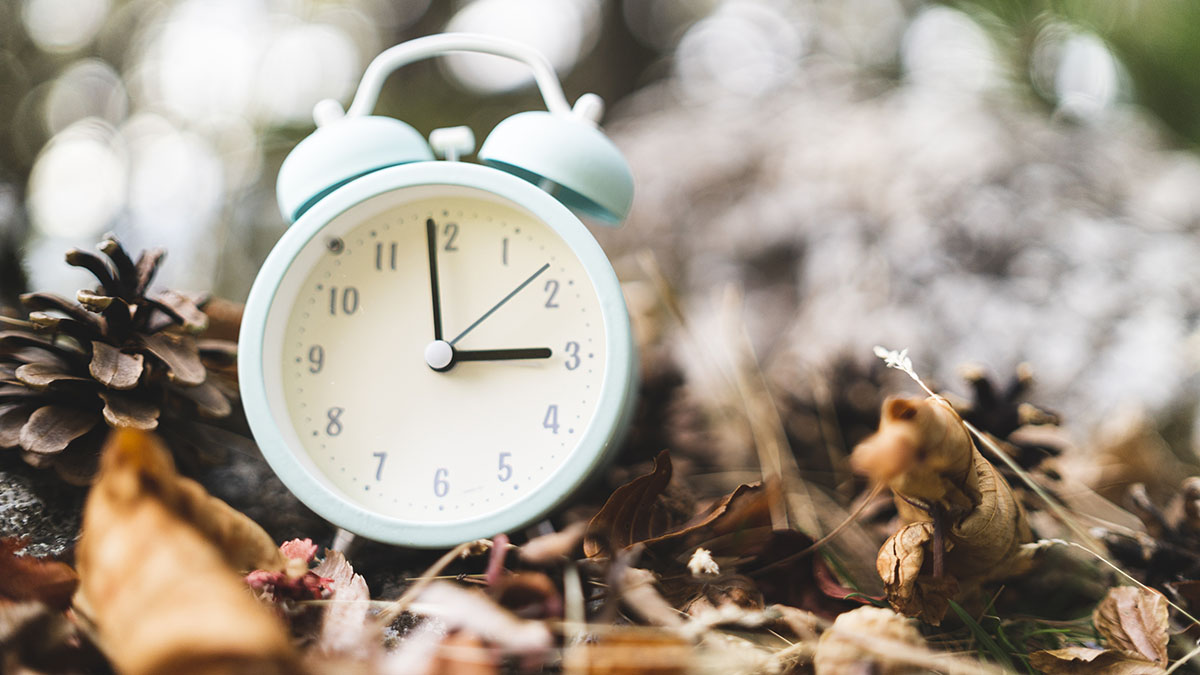Sunsets are taking place earlier and earlier each day as the fall season approaches, leading many to wonder when the end of daylight saving time will arrive?
The fall season begins this weekend, with the autumnal equinox set to take place on Sunday, but the time change won’t happen for quite some time.
Here’s what to know about the fall season and time change in the Chicago area:
When is the first day of fall?
Fall officially begins at 7:44 a.m. CT on Sept. 22, 2024.
According to the Farmer’s Almanac, that’s when the astronomical event that marks the start of autumn will take place. In the Northern Hemisphere, the autumnal equinox occurs in September; in the Southern Hemisphere, it occurs in March.
When is daylight saving time?
Naturally, the big question with daylight saving time is when it will end?
The federal government mandates clocks roll back on the first Sunday of November each year.
In 2024, that will fall on Nov. 3.
The annual time change will occur in Illinois and nearly every U.S. state, except two:
Arizona (although some Native American tribes do observe DST in their territories) and Hawaii.
U.S. territories, including Puerto Rico, American Samoa, Guam and the U.S. Virgin Islands, also do not observe daylight saving time.
What is daylight saving time?
It’s important to know the difference between the two times often debated: daylight saving time and standard time.
As it stands, Illinois shifts between the two. The “spring forward” is when the state enters daylight saving time, and the “fall back” marks a return to standard time.
According to the website Time and Date, standard time is the local time in a country or region when daylight saving time is not in use.
“More than 60% of the countries in the world use standard time all year,” the site says. “The remaining countries use DST during the summer months, generally setting clocks forward one hour from standard time.”
Daylight saving time is a changing of the clocks that typically begins in spring and ends in fall. Under the conditions of the Energy Policy Act of 2005, daylight saving time starts on the second Sunday in March and ends on the first Sunday in November. On those days, clocks either shift forward or backward one hour.
What is the autumnal equinox?
Also known as the fall equinox or the September equinox, the autumnal equinox marks the halfway point between summer and winter — also known as fall.
As the Earth travels around the sun, it does so at an angle.
For most of the year, the Earth’s axis is tilted either toward or away from the sun. That means the sun’s warmth and light fall unequally on the northern and southern halves of the planet.
When the Northern Hemisphere is tilted toward the sun, that’s called the summer solstice. This marks the first day of summer in the North and the first day of winter in the South.
One hundred and eighty days later, when the Southern Hemisphere is tilted toward the sun, it is called the winter solstice. This marks the first day of winter in the North and the first day of summer in the South.
The halfway points between solstices are the autumnal and vernal equinoxes. The word equinox comes from two Latin words meaning equal and night. That’s because on the equinox, day and night last almost the same amount of time — though one may get a few extra minutes, depending on where you are on the planet. This provides approximately 12 hours of day, followed by 12 hours of night.
What to know about sunset times
You may have noticed: the days are getting shorter, and the sun is setting earlier. Already, Chicago has seen its final 7 p.m. sunset of the year, which fell on Sept. 15.
By Sept. 30, the sun will set at 6:32 p.m.
In the lead-up to daylight saving time, sunsets will slowly inch earlier, with the sun eventually setting at 4:41 p.m. as DST wraps up.
By the end of November, the skies will see a sunset as early as 4:30 p.m.
Do experts prefer daylight saving time or standard time?
Previously, proposed legislation pushed for permanent daylight saving time, but that legislation ultimately fell through.
Still, sleep experts have long questioned the health of daylight saving time.
The American Academy of Sleep Medicine has pushed for a switch to permanent standard time for several years.
“By causing the human body clock to be misaligned with the natural environment, daylight saving time increases risks to our physical health, mental well-being, and public safety,” Dr. M. Adeel Rishi, who is chair of the AASM Public Safety Committee and a pulmonary, sleep medicine, and critical care specialist at Indiana University Health in Indianapolis, said in a statement. “Permanent standard time is the optimal choice for health and safety.”
Experts cited a “growing body of evidence” in recent years.
“Permanent standard time helps synchronize the body clock with the rising and setting of the sun,” Dr. James A. Rowley, president of the AASM, said in a release. “This natural synchrony is optimal for healthy sleep, and sleep is essential for health, mood, performance, and safety.”
It also mirrors similar takes from other organizations, including the National Sleep Foundation, which said “seasonal time-changes are disruptive to sleep health and should be eliminated.”
